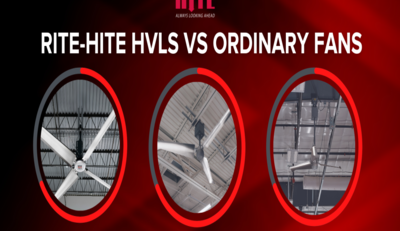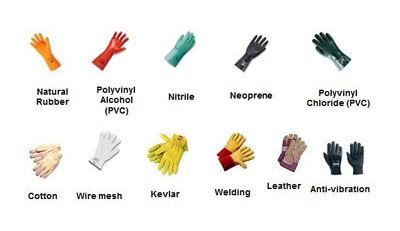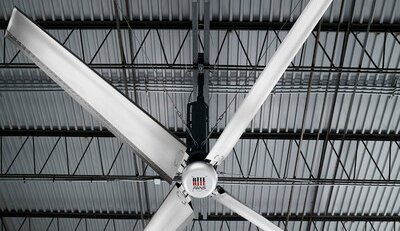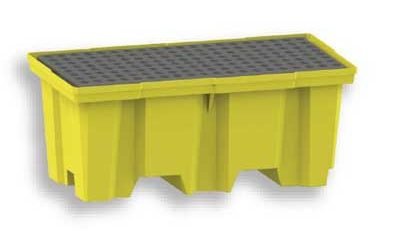N95 vs FFP3 & FFP2 masks – what’s the difference?
Masks vs Respirators
Before we go any further, let’s just clarify a technical difference between a “mask” and a “respirator”. In day to day language, we often say mask, when referring to what is technically called respirators.
Uses for Masks:
Masks are loose-fitting, covering the nose and mouth. Designed for one-way protection, to capture bodily fluid leaving the wearer Example – worn during surgery to prevent coughing, sneezing, etc on the vulnerable patient
Contrary to belief, masks are NOT designed to protect the wearer
The vast majority of masks do not have a safety rating assigned to them (e.g. NIOSH or EN)
Uses for Respirators:
Respirators are tight fitting masks, designed to create a facial seal
Non-valved respirators provide good two-way protection, by filtering both inflow and outflow of air. These are designed to protect the wearer (when worn properly), up to the safety rating of the mask. Available as a disposable, half face or full face.
What is N95 Mask?
An N95 respirator is a respiratory protective device designed to achieve a very close facial fit and very efficient filtration of airborne particles. The ‘N95’ designation means that when subjected to careful testing, the respirator blocks at least 95 percent of very small (0.3 micron) test particles.
USA is the only manufacturer of N95?
—No. There are more than 45 companies has approved under FDA & NIOSH. (+-)
Who issues the certification?
— Federal law requires regulation of respiratory protective devices by both FDA, under the Federal Food, Drug, and Cosmetics Act, and NIOSH, under the Public Health Service Act. The FDA has a Memorandum of Understanding (MOU) with CDC NIOSH which outlines the framework for coordination and collaboration between the FDA and NIOSH for the regulation of this subset of N95 respirators.
Is there any crisis of N95?
— Yes! There is a crisis of N95 masks all over the world but it’s not impossible to buy.
Is there any company still able to provide N95?
— Yes! There still some able to provide original N95.
N95 vs FFP3 & FFP2
The most commonly discussed respirator type is N95. This is an American standard managed by NIOSH – part of the Center for Disease Control (CDC).
Europe uses two different standards. The “filtering face piece” score (FFP) comes from EN standard 149:2001. Then EN 143 standard covers P1/P2/P3 ratings. Both standards are maintained by CEN
(European Committee for Standardization).
Let’s see how all the different standards compare:
Respirator Standard Filter Capacity
FFP1 & P1 : At least 80%
FFP2 & P2 : At least 94%
N95 : At least 95%
N99 & FFP3 : At least 99%
P3 : At least 99.95%
N100 : At least 99.97%
As you can see, the closest European equivalent to N95 is FFP2 / P2 rated respirators, which are rated at 94%, compared to the 95% of N95. Similarly, the closest to N100 is P3 rated respirators – with FFP3 following closely behind.
You could approximate things to say:
KN95 vs N95
N95 has the same specification as the Chinese KN95. “it is reasonable to consider China KN95, AS/NZ P2, Korea 1st Class, and Japan DS FFRs as equivalent to US NIOSH N95 and European FFP2 respirators”
Things to watch out for:
No guarantee that all KN95 respirators meet the KN95 standard – watch out for scams
Also, look out for – good seal around the face / some padding for comfort / tie around face straps with adequate strength and tension. If a better option avoids KN95.
Are N95/N100 actually better than FFP2/P3?
Not necessarily, it’s important to note that these standards only specify the minimum % of particles that the respirator filters. For example, if a mask is FFP2 rated, it will filter at least 94% of particles that are 0.3 microns in diameter or larger. But in practice, it will filter somewhere between 94% and 99%. The precise figure will often be quoted by the manufacturer in the product description.
Can N95 masks be reused?
One important addition to your respiratory protection plan should be reuse of N95 respirators during a shortage. The OSHA directive indicates that a respirator can be reused as long as it “maintains its structural and functional integrity and the filter material is not physically damaged or soiled.”
Risks with Using Respirators
There are a number of possible risks with respirators that it’s worth being aware of so that you can avoid making them.
Not fitting and wearing respirators correctly – A respirator can’t fully protect you if it doesn’t fit your face.
Touching the front of the respirator (which catches viruses etc) and then transferring that to other objects, which could eventually lead back to your mouth and nose.
Taking unnecessary exposure risks because you’re wearing a respirator. Don’t let it give you false confidence. The safest thing is maintaining social distance.
Can Surgical Masks Filter the Coronavirus?
Whilst FFP2/FFP3 or N95/N100 is the gold standards as far as face protection goes, what about surgical masks, do they provide any protection?
Strictly speaking, surgical masks are primarily designed to protect vulnerable patients from medical professionals. Stopping the wearer (e.g. surgeon) from spreading their germs when coughing/sneezing/speaking. So, they’re designed to protect patients, not to protect the wearer.
An obvious flaw with surgical masks compared to respirators is their lack of a tight face fit, which leaves gaps around the edges.
There isn’t currently research available on the efficacy of surgical masks (or even respirators), for protecting wearers against the coronavirus. Although this isn’t totally surprising given how new the virus is.
In lieu of that, the below looks at research around the use of surgical masks and N95 masks in the context of influenza, looking specifically at the protection given to the wearers. Influenza may be a good virus particle to compare it to, as they are both transmissible through droplets and aerosol, both cause respiratory infection, and both are similar in particle size.
N.B. Please don’t conflate the comparison to the influenza particle as suggestion that they are comparable illnesses – current data suggests that the coronavirus may have a higher mortality rate.
What are respirators protecting us against?
The primary reason for wearing a respirator is to protect from droplets. For example, if a sick person coughs or sneezes when in close proximity to us, the respirator forms a barrier to prevent their bodily fluids from reaching our face.
Droplets are generally large, and gravity drags them down to land on objects, rather than staying in the air. So, they don’t travel very long distances. There is however research into micro droplets, which get ejected even during talks.
Mouth & Nose
Then lastly, whilst the respirator covers our face, it makes it very hard for us to touch an object with the virus and transfer it to our mouth and nose. This is a kind of secondary benefit, in addition to the two mentioned above. We just need to make sure we wash our hands carefully as soon as we take the respirator off.
So, where we will get the N95 mask in Bulk?
— Ok email us below mentioned email.












Leave a Reply